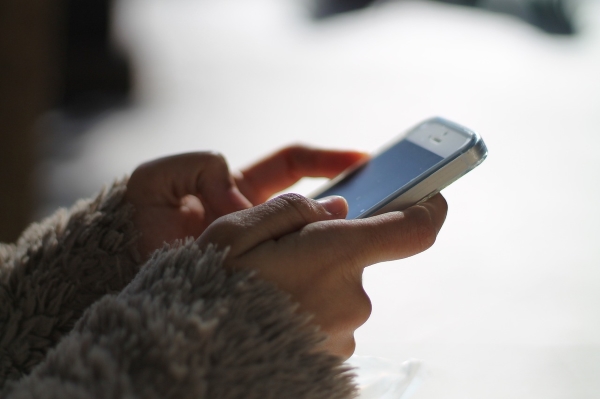
Modern smartphones can empower law enforcement and brand owners in the battle against fakes, a European report concludes, recommending that initiatives be taken to foster better use of the technology in anti-counterfeiting efforts.
The stance is based on the raft of functionalities and capabilities that a smartphone can now possess, and is the result of an analysis of fake-fighting techniques by the European Commission's Joint Research Centre in collaboration with the European Union Intellectual Property Office.
The report focuses on two categories – smartphone and tablets, and portable devices such as portable spectrometers that are different from smartphones. The report uses a number of metrics, such as accuracy, adoption ease, training required, interoperability and cost, in its analysis of the techniques available.
In terms of the modern smartphone, the report says this can be used as a tool to empower the user in the fight against counterfeiting. "The modern smartphone is equipped with a high-resolution camera (e.g. 5 megapixels and above), support for different standards for wireless connectivity, a powerful processor able to support the implementation of sophisticated algorithms and support for Near Field Communication (NFC) and Radio Frequency Identification (RFID) readers. In addition, the smartphone can be integrated and augmented with a wide range of plug-in devices and tools (e.g. a USB microscope)."
The functions of a smartphone that boosts its fake-fighting powers allows it to act as a sensor to detect optical features, read RFID tags and pick up geolocations, as well as provide telecommunications including real-time information on an object and interactions with a remote verification system or database, which strengthens the track and trace potential that the smartphone offers. "Furthermore, the smartphone can be connected to other systems and components, such as the producer's supply chain, the law enforcer's reference database and other systems," the report says.
The report notes that a comprehensive approach to anti-counterfeiting using a smartphone is required. "The users only see and use the smartphone, but adequate infrastructure must be built to implement the anti-counterfeiting technique." This includes a downloadable smartphone app to process the data, a communication protocol for sending and receiving data, an application hosted on a remote server which exchanges data with the smartphone app, and a reference library or database.
The beauty of the smartphone is that it allows a number of authentication technologies including barcodes, QR codes, fingerprint technology, RFID, and image analysis.
"From the quantitative analysis, we can see that barcode and QR code is the clear winner among the techniques for all the categories of users, with RFID as a second technique," the report says. Barcodes and QR codes are deemed the most cost effective and accurate, it adds, while image analysis requires further research before it can be fully optimised.
"Different techniques have been proposed to fight against counterfeiting. These techniques include identification and authentication technologies, processes to control supply chains and technologies to track and trace products," the report says. "Techniques using smartphones have now reached maturity and they can be both cost effective and highly accurate in identifying and authenticating a product. These techniques can be applied by the brand owner as part of the product itself, or they can be applied to the product depending on the feasibility of applying intrinsic features."
Besides smartphones there are also a number of portable products that have been introduced to fight counterfeits that have, in many cases, only been available until recently in forensic labs. These include devices that collect radio frequency signals, portable spectrometers, augmentation devices, and simple devices like UV light detectors and polarised light.
Among tools of this second category, the report said the use of simple devices was seen as the most suitable for anti-counterfeiting, particularly in terms of accuracy, adaptability to organisation, the level of training required and costs.
The report concludes with four recommendations: Develop a common standard for goods' authentication using the smartphone; create a specialised expert group within the European Observatory on Infringements of Intellectual Property Rights operating within the EUIPO to monitor and advise on new techniques entering the market; create a standard query in the JRC's Technology Innovation Monitoring tool to monitor the evolution of anti-counterfeiting applicable technologies; and implement an awareness knowledge management repository at European level, in collaboration with retailers and manufacturers, to be used and accessed by consumers through smartphones.
The full report and analysis titled Enforcers and brand owners' empowerment in the fight against counterfeiting can be found here:
http://publications.jrc.ec.europa.eu/repository/bitstream/JRC104204/kjna28400enn.pdf.
©
SecuringIndustry.com





